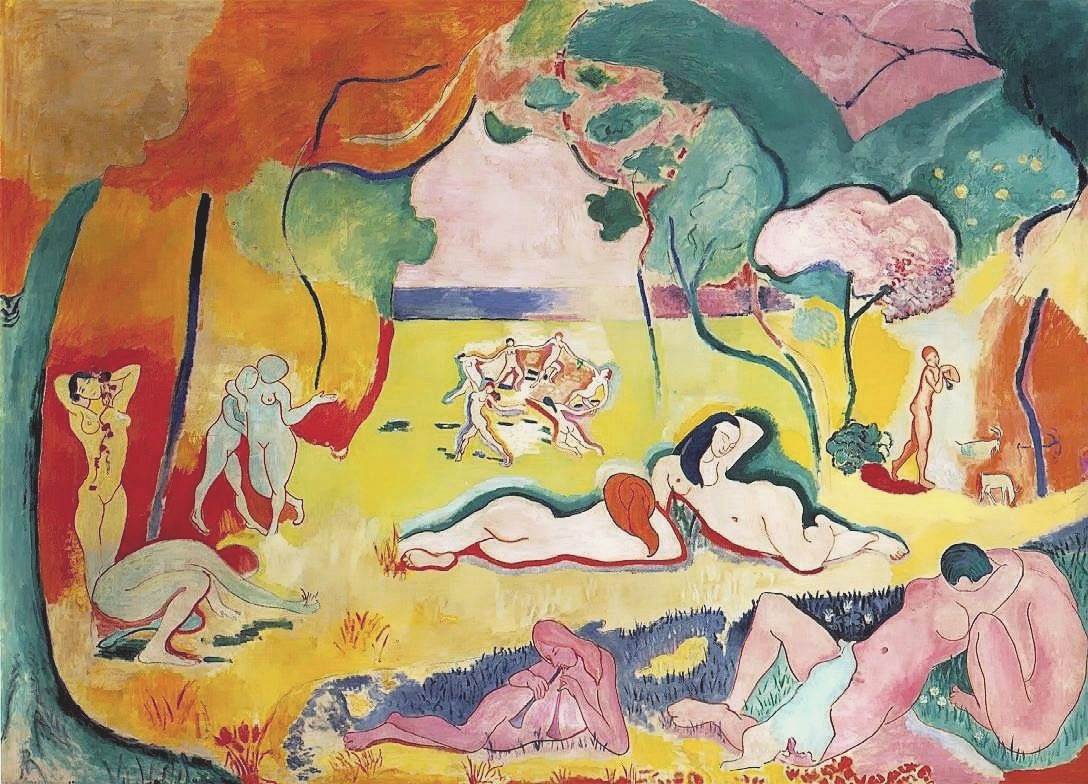Written by Samantha Tutone
Art has been considered one of the most intelligent investments anyone can make. Unlike other investments, such as automobiles or real estate, the value of art does not depreciate over time. Let’s say a developer builds a four-story home directly in the way of the ocean view from your multi-million dollar house, and voilá, there goes half the value of your investment. The art market has been steadily growing for years. It’s rapid expansion into a global market, with new fresh art investors, collectors, and the introduction of new artistic styles, has caused a huge boom. Is this a positive thing in the long run? Well, that is a question that has yet to be answered.
Art has been considered one of the most intelligent investments anyone can make. Unlike other investments, such as automobiles or real estate, the value of art does not depreciate over time. Let’s say a developer builds a four-story home directly in the way of the ocean view from your multi-million dollar house, and voilá, there goes half the value of your investment. The art market has been steadily growing for years. It’s rapid expansion into a global market, with new fresh art investors, collectors, and the introduction of new artistic styles, has caused a huge boom. Is this a positive thing in the long run? Well, that is a question that has yet to be answered.
In 2007 the art market hit an all time high. Urban art
made an explosive entrance onto the global scene, with headliners like graffiti
artist Banksy. The turn around sale of prints were absurdly fast, doubling and
tripling the price of pieces overnight. Young collectors and those who purchase
art purely for speculation jumped onto the urban art market without too much
thought; following the trend. Not long after the flood of urban art, the
inflated prices on the art market, art investors were not willing to pay the
astronomical prices. The subsequent financial collapse of the art market is no
big secret. Fear of such an event occurring again in the contemporary and urban
art market has caused some investors and collectors to be apprehensive about
future purchases.
It is difficult to assess the state of the art market.
Sale made by private art investors, collectors, and galleries are just that:
private. Transactions are not subject to the public record like auction houses
are. Without knowing what artworks are selling for across the entire board, any
evaluations on the health of the art market are purely estimates. The urban and
lowbrow market is even harder to pin down. Most urban art that is for sale at
auction are several years old, with an established value based on the success
of the artist over those years since the work was created. However, many urban
pieces are not sold this way. Urban art is typically sold in local galleries
and through private sales, with most collections being several months old,
instead of years.
The state of the urban art
market has been steady. Private sales, while information is limited, seem to be
rising again. Art lovers and collectors continue to purchase urban and street
art regardless of the auction house value. As far as fears about another global
art market crash? The circumstances in which the market boomed are no longer a
factor, making it unlikely that any kind of serious crash to reoccur.
To see what is fresh in the
local urban and lowbrow art market visit Thumbprint Gallery, on Kline Street in
La Jolla. More about the artists and art featured at the gallery can be found on the Thumbprint Gallery website. The gallery is open 12-4pm Wednesdays, Thursdays, Saturdays, and
Sundays.
Sources:




_by_Matisse.jpg)


